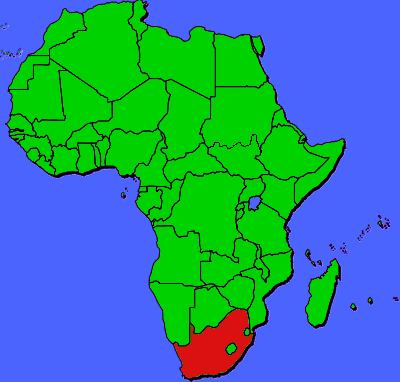
Circle the area on this map

A. At least 66,081 more people in the United States have died than expected since January 1, and more than 32,300 of the excess deaths have not been attributed to COVID-19. Those non-COVID-19 deaths have been blamed on the pandemic overwhelming hospitals, limiting medical resources and discouraging people from seeking life-saving care.
D. With 8.3 deaths for every 1,000 people, the U.S. death rate is lower than South Africa’s rate of 9.3 deaths per 1,000. But many developed nations including Germany, France and Japan have higher death rates than South Africa, according to the CIA World Factbook. Many factors including the wealth and average age of a population affect death rates.
C. South Africans 15 years or older drink an average of 11 liters of alcohol per year compared with 2.3 liters in neighboring Mozambique. But, many Europeans drink much more led by Belorussians drinking an average of 17.6 liters a year. The U.S. averages 9.2 liters a year, while Libya and three other Muslim nations average only 0.1 of liter.
D. The early decades of the 20th century saw temperance movements pass prohibition laws in several places around the world, but the United States was the most famous of the “noble experiments” to end the “evil of drink.”